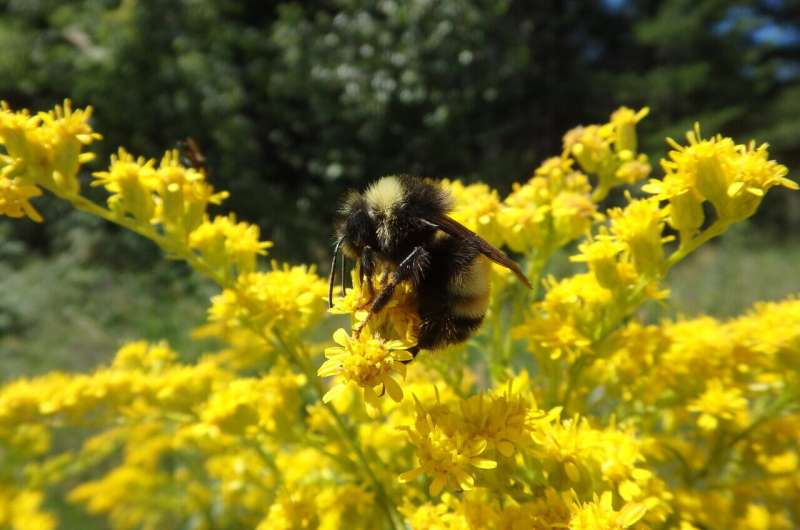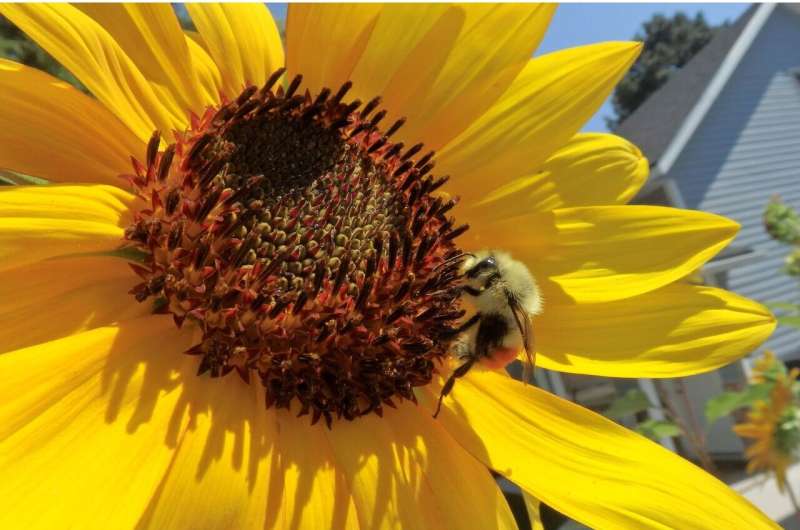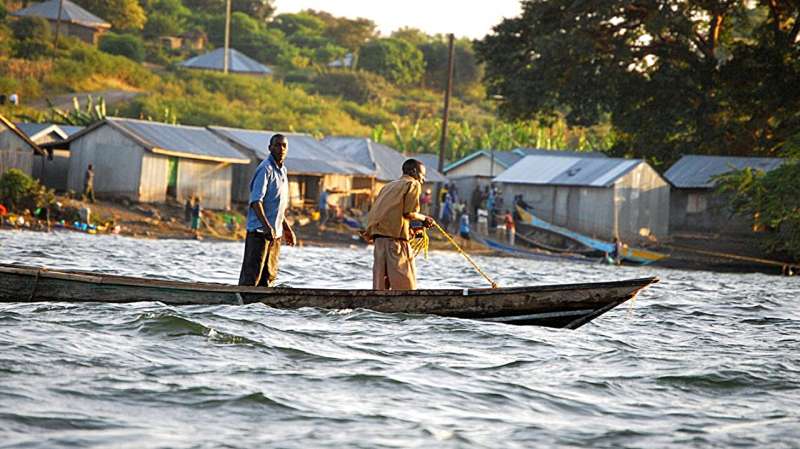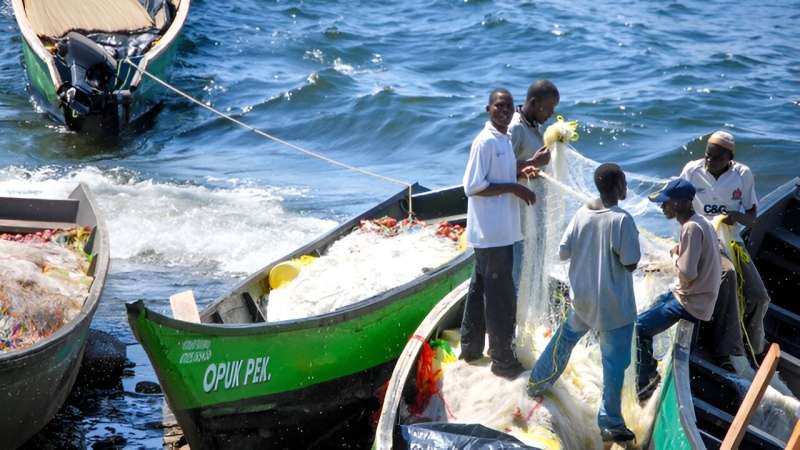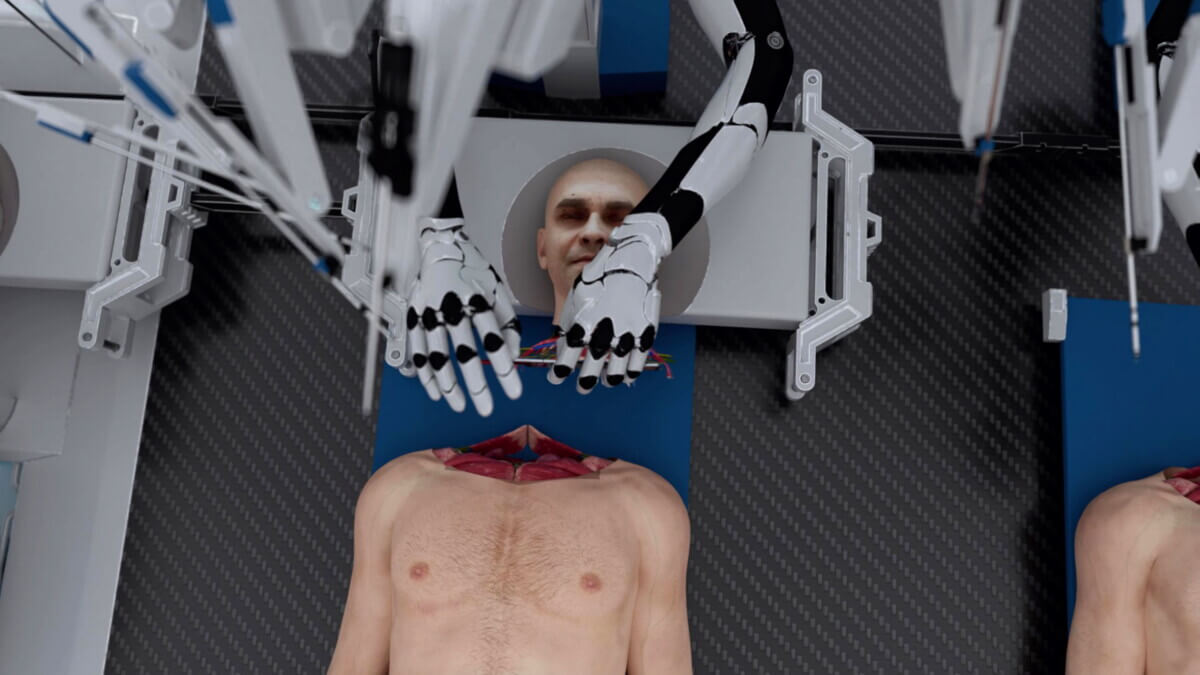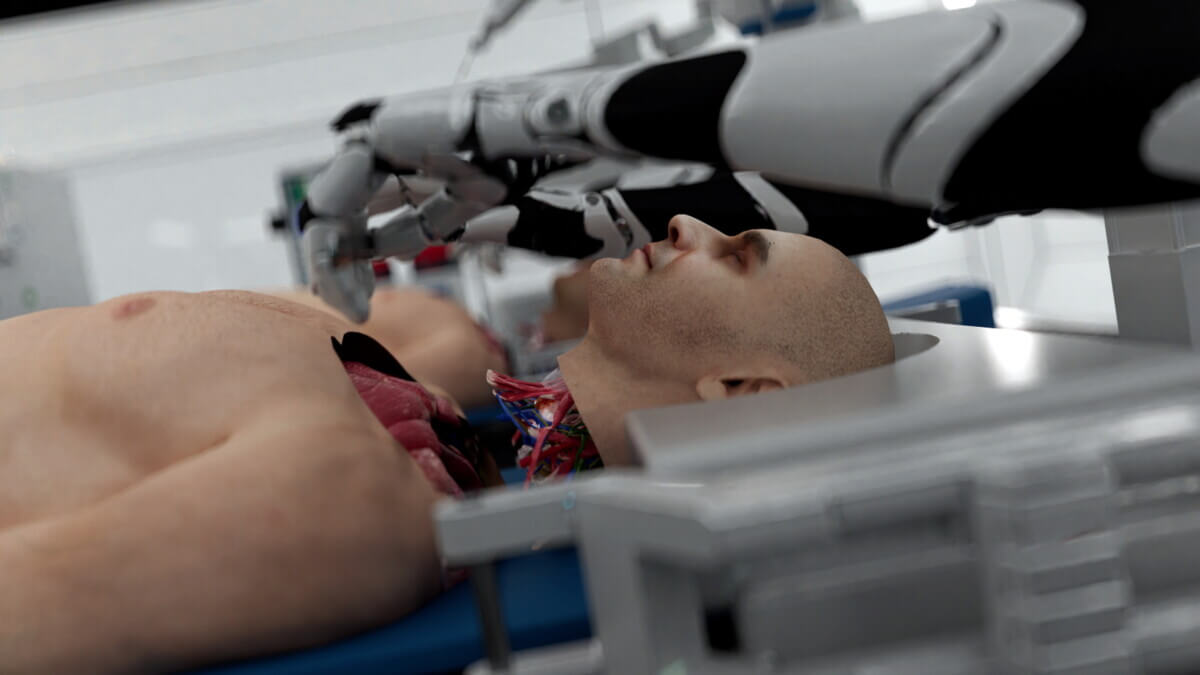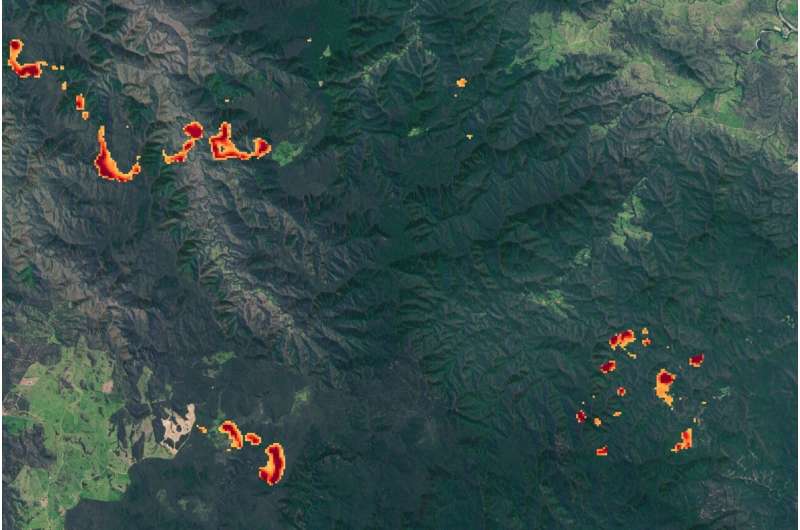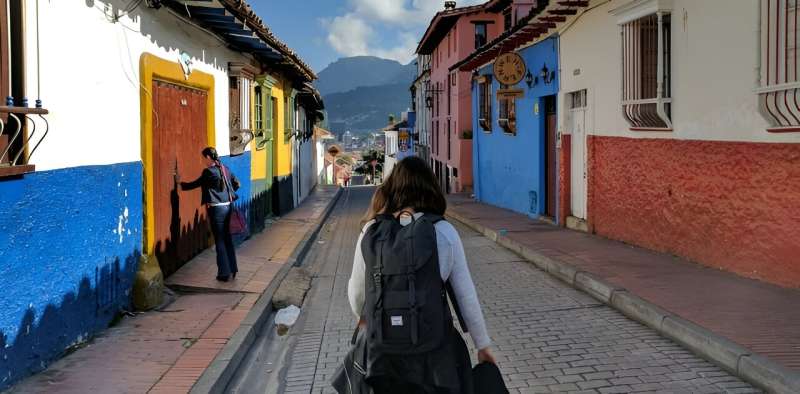Scott Travers
Contributor
I write about the world of biology.
May 22, 2024

If you thought the poison dart frog was a scary animal, think again. These two frog species take ... [+]BY RENATO AUGUSTO MARTINS - OWN WORK, CC BY-SA 4.0, HTTPS://COMMONS.WIKIMEDIA.ORG/W/INDEX.PHP?CURID=58767596
Lancehead pit vipers are one of the most feared snakes in South America. Their reputation is well-deserved; data suggests that they kill more people than any other American reptile.
However, two unique frogs of Brazil–Bruno’s casque-headed frog and Greening’s frog–have venom quotients that far exceed the deadliness of South American pit vipers. While they aren’t as aggressive as some other venomous animals of the Amazon, they are every bit as deadly–perhaps more so. Here’s what sets these frogs apart as true assassins of the animal kingdom.
Bruno’s Casque-Headed Frog And Greening’s Frog Are Venomous And Poisonous
There are plenty of venomous creatures in the animal kingdom. There are also plenty of poisonous creatures. However, it is exceptionally rare to find a species that is both venomous and poisonous.

The tiger keelback snake, shown here, is one of the rare "venomous-poisonous" animals of the world.
One such example is the tiger keelback snake of east Asia. The tiger keelback secretes a “bufadienolide” poison through its neck glands to ward off predators. Interestingly, it acquires this potent chemical cocktail by eating poisonous toads. It is also rear-fanged venomous. A bite from the tiger keelback induces symptoms such as persistent bleeding from the site of the bite, blood in the urine, body bruising, bleeding gums, and disruptions in blood clotting. In rare cases, a bite from the tiger keelback can be lethal.
Bruno’s casque-headed frog and Greening’s frog are two other species that belong to this rare class of venomous-poisonous animals. Many frogs of the Amazon are poisonous. The difference between poisonous frogs (for example, the poison dart frog) and venomous-poisonous frogs (like Bruno’s casque-headed frog and Greening’s frog) is that the latter two have evolved sharp spines on their skull that can inject venom into animals via a rapid headbutting motion.
In other words, while most poisonous frogs are only dangerous if you touch or ingest them, these two frogs are capable of attacking and envenomating you, as well as being poisonous to the touch. It’s this added layer of defense that sets them apart.
Forbes Daily: Join over 1 million Forbes Daily subscribers and get our best stories, exclusive reporting and essential analysis of the day’s news in your inbox every weekday.
Get the latest news on special offers, product updates and content suggestions from Forbes and its affiliates.
Here’s more detail on these one-of-a-kind species.
Bruno’s Casque-Headed Frog

Steer clear of the long snout of this Bruno’s casque-headed frog (Aparasphenodon brunoi). It won't ... [+]BY RENATO AUGUSTO MARTINS - OWN WORK, CC BY-SA 4.0, HTTPS://COMMONS.WIKIMEDIA.ORG/W/INDEX.PHP?CURID=58767596
Bruno’s casque-headed frog (Aparasphenodon brunoi) belongs to the Hylidae family and is native to the southeastern coast of Brazil, east of the Brazilian Highlands. Its habitats include subtropical or tropical moist lowland forests, shrublands, and freshwater marshes.
Bruno’s casque-headed frog is relatively large, with males typically measuring 1.9 to 2.4 inches in snout-to-vent length, with females being slightly larger. It possesses a broad, flattened head with a long, pointed snout, prominent forward-facing eyes, sharp projections on the head, and skin fused to the skull. Its legs are long and slender, with adhesive discs on the digits. Its dorsal surface displays pale brown or gray coloration with irregular dark markings.
As mentioned, the venom of Bruno’s casque-headed frog is exceptionally potent, estimated to be 25 times more toxic than that of Brazil’s deadly lancehead pit vipers.
Greening’s Frog

A nineteenth century drawing of Corythomantis greeningi, commonly known as Greening's frog.
Greening’s frog (Corythomantis greening) is a venomous member of the Hylidae family, native to northeastern Brazil. Typically found on vegetation such as bromeliads and rock outcrops, this species breeds in temporary streams. Its name honors Linnaeus Greening, an English naturalist recognized for his studies on arachnids, reptiles, and amphibians.
Greening’s frog is slightly larger than Bruno’s casque-headed frog, with females measuring approximately 3.4 inches and males measuring 2.8 inches. The frog features a narrow head with bony crests behind the eyes and an elongated, flat snout adorned with small spines (which can deliver venom via a headbutting motion). Their bodies are slender and covered in warts. They are typically light brown or gray in color, with red or brown patches. Females tend to be darker than males.
Preferring a semi-arid living environment, Greening’s frog employs various strategies such as seeking shelter in tree hollows and rock crevices to maintain skin moisture and evade predators. During the rainy season, males establish territories near watercourses to attract females for breeding, where females lay several hundred eggs attached to rocks in watercourses.
The frog’s skin secretions contain various low-molecular-mass steroids and alkaloids, exhibiting potent nociceptive effects, which serves as a chemical defense against predation.


